Danebury Hillfort
One of the most studied Iron Age settlements in Europe.
Over 2,500 years ago, the area surrounding what’s known today as the Danebury Hillfort was once a prominent farming community. Located near Figsbury Ring, Stonehenge, and Douce Mausoleum, these Iron Age farmers mainly kept sheep and cattle, and the area became well-known for woolen clothes and leather goods.
Just 15 miles northeast of Salisbury, England, the area was abundant in natural resources, allowing the settlement to become a trading hub for iron, tin, copper, salt, and stone. Dips in the landscape, which have become more visible in recent excavations at Danebury Hillfort, are believed to be places where grain was stored. These shallow pits were dug with an Iron Age tool similar to a mattock and would have been filled with grain and sealed shut.
Over Danebury Hillfort’s nearly 500 years of occupation, housing over 300 people at its height, one of the primary tasks for the inhabitants was to defend livestock and grain from enemy raiding parties. Settlers would fight off raiders using slingshots. The community’s warriors would use swords and sometimes even horse-drawn chariots to aid the attack.
The hillfort’s summit was likely reserved for shrines and temples: religion was a focal point for the community. Paganism was the predominant religion, focused on nature gods embodying rivers, trees, and other natural features.
Some scholars believe that bodies uncovered at the site may have been sacrificial victims. Lawmakers, teachers, storytellers, and healers would’ve also inhabited the highest parts of the hill.
Excavations led by Southampton University Professor Barry Cunliffe between 1969 and 1988 uncovered over half of the hillfort’s interior. Cunliffe’s excavations revealed 73 roundhouses, 500 rectangular buildings, and many deep storage pits.
People would have lived in circular houses and grain, their most vital commodity, was held in storage buildings.
Excavations at the site revealed a treasure trove of artifacts: over 180,000 pottery fragments, 240,000 bone pieces, stone artifacts, and numerous iron and bronze items. Some artifacts are on display at the Museum of the Iron Age in Andover, England, some seven miles northeast of the site.
Inhabitants stopped using the hillfort around 100 B.C., 150 years before the Roman invasion of England in 43 A.D.
It’s no wonder that the Danebury Iron Age Hillfort is one of the most studied Iron Age settlements in Europe due to its vast collection of artifacts, location, and history. The site is scheduled to be classified as an ancient monument. Today, the hill is a Site of Special Scientific Interest.
Know Before You Go
There are two parking lots at the site. The first is immediately when you turn into Danebury, and the next is at the top of the hill. It can be muddy so wear appropriate shoes.

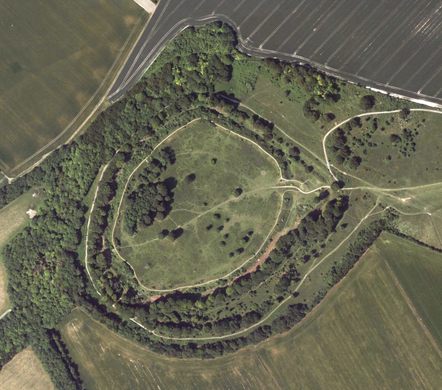



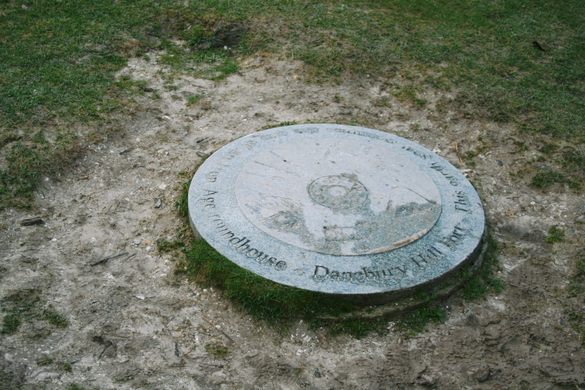

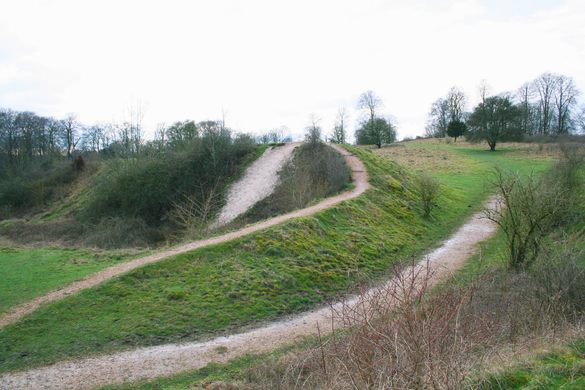




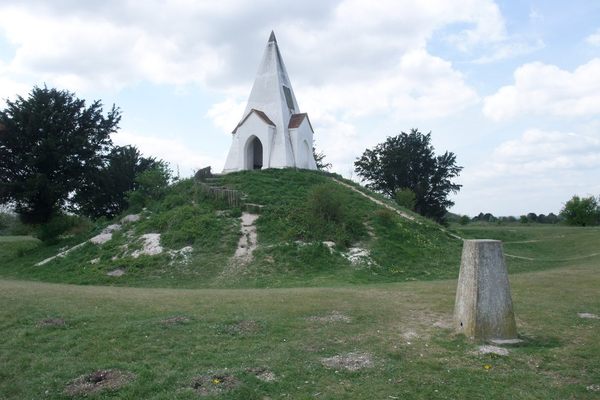
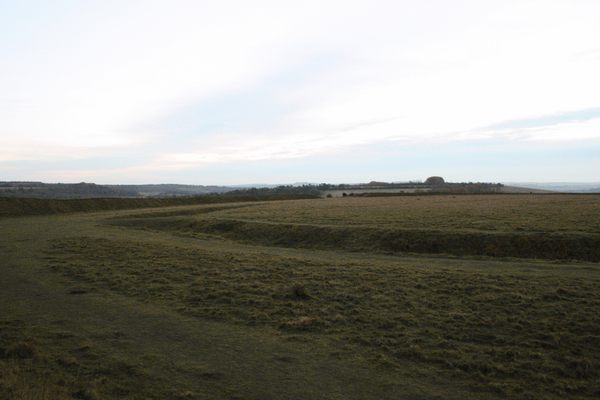
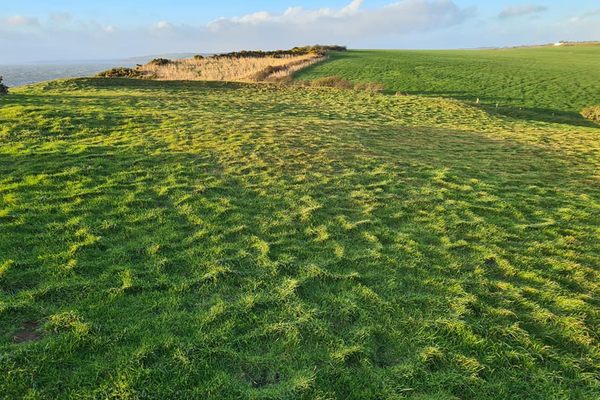




Follow us on Twitter to get the latest on the world's hidden wonders.
Like us on Facebook to get the latest on the world's hidden wonders.
Follow us on Twitter Like us on Facebook